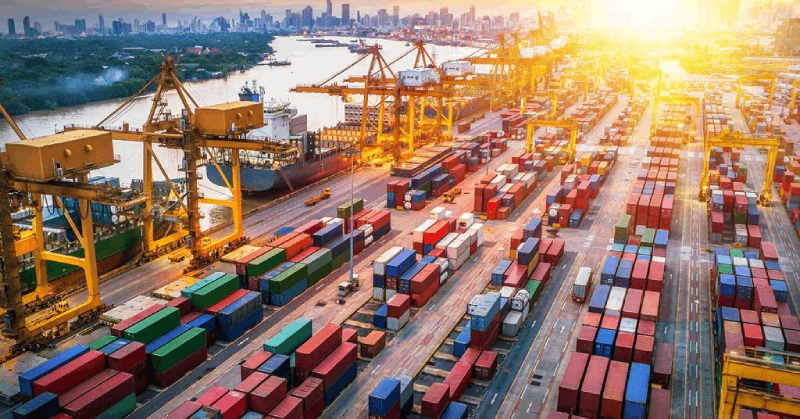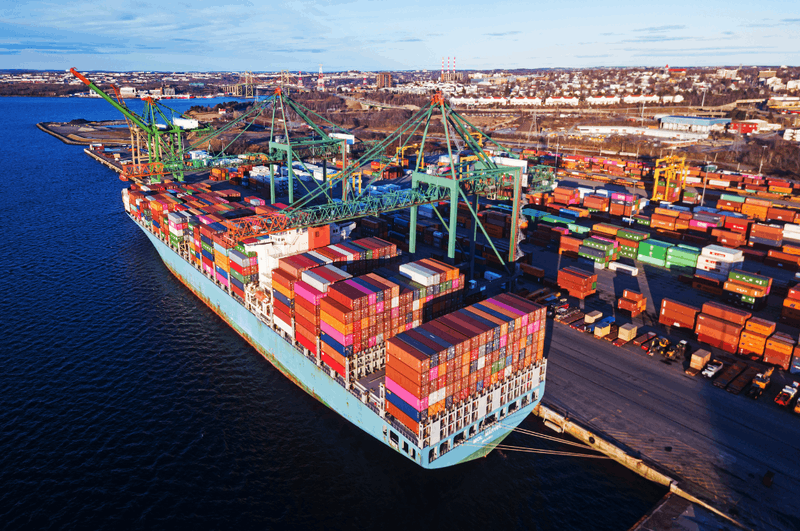Welcome to GLA! Leading the global logistics alliance.


Your location:Home > News > North American port congestion intensifies, and the congestion shifts from the west coast to the east coast
Time:2022-07-13 Publisher:Kevin Num:5171

Today's global shipping market is not as hot as it was in the previous two years. Freight rates have fallen sharply, and transportation capacity has also been strained. However, port congestion is increasing.
It is understood that the sea area around the U.S. port is full of container ships full of goods. Originally, the center of congestion was on the west coast, but now it is slowly shifting to the east coast.
Nearly 64% of ships are waiting for unloading at berths on the east coast of the United States and the Gulf of Mexico. Only 36% of the ships waiting on the west coast of the United States.
According to the analysis of ship tracking data queued in Marinetraffic and California, as of last Friday, a total of 125 container ships were waiting to berth outside North American ports.
This is 16% lower than the congestion on the west coast of the United States in January, when the number of waiting ships was 150. But this is 36% more than the 92 ships a month ago.
According to project44, a supply chain visibility platform, which tracks the volume of containers arriving in the West and east of the United States every month, the transportation capacity to the east coast of the United States increased by 83% year-on-year in June, an increase of 177% compared with June 2020.
Project44 attributed this change to the concern of importers that labor negotiations in the western US port might cause interruption.
The contract between the Pacific Maritime Association (PMA), which represents employers, and the workers' Association expired on July 1.
But, the two sides failed to reach agreement on the outcome of the negotiations. This means that the trade union refuses to extend the labor contract.
This leads to traffic congestion on the land side of the port, and there is also a large backlog of containers in railway transportation. At the other end of the east coast port, there is still a three week delay.

Queuing of ships on the east coast of the United States
As of last Friday, marinetraffic data showed that 36 container ships were waiting for the berth of Savannah port near Tybee Island, Georgia.
The total capacity of these ships is 343085 TEU.
According to the updated data of Hapag Lloyd, the current time for container ships to wait for berths in Savannah port is 10-12 days. Savannah's storage yard utilization rate is 89%.
And ny/nz port is also plagued by serious congestion. As of last Friday, there were 20 ships waiting for berths, with a total capacity of 180908 TEU.
Queuing of ships on the west coast of the United States
According to relevant data, there are 24 container ships waiting for berths in Los Angeles Long Beach, with a total capacity of 208903 TEU.
The number of ships in la/lb port has been hovering at the current level since the end of May, and there is still a slight increase year-on-year.
In other ports on the west coast, there are 10 ships waiting for berths in Auckland. The total capacity of these ships is 79712 TEU.
GLA hereby reminds the majority of cargo owners and freight forwarders that if there are goods passing through the ports in North America, they need to communicate with the shipping company in time to avoid delayed delivery of goods.
Prev:Welcome! New Golden Member from China ———— D.N INTERNATIONAL LOGISTICS CO., LTDNext:Welcome! New Golden Member from Indonesia ———— PT. FATH CAHAYA LOGISTIK
Recommended Membership
Latest News